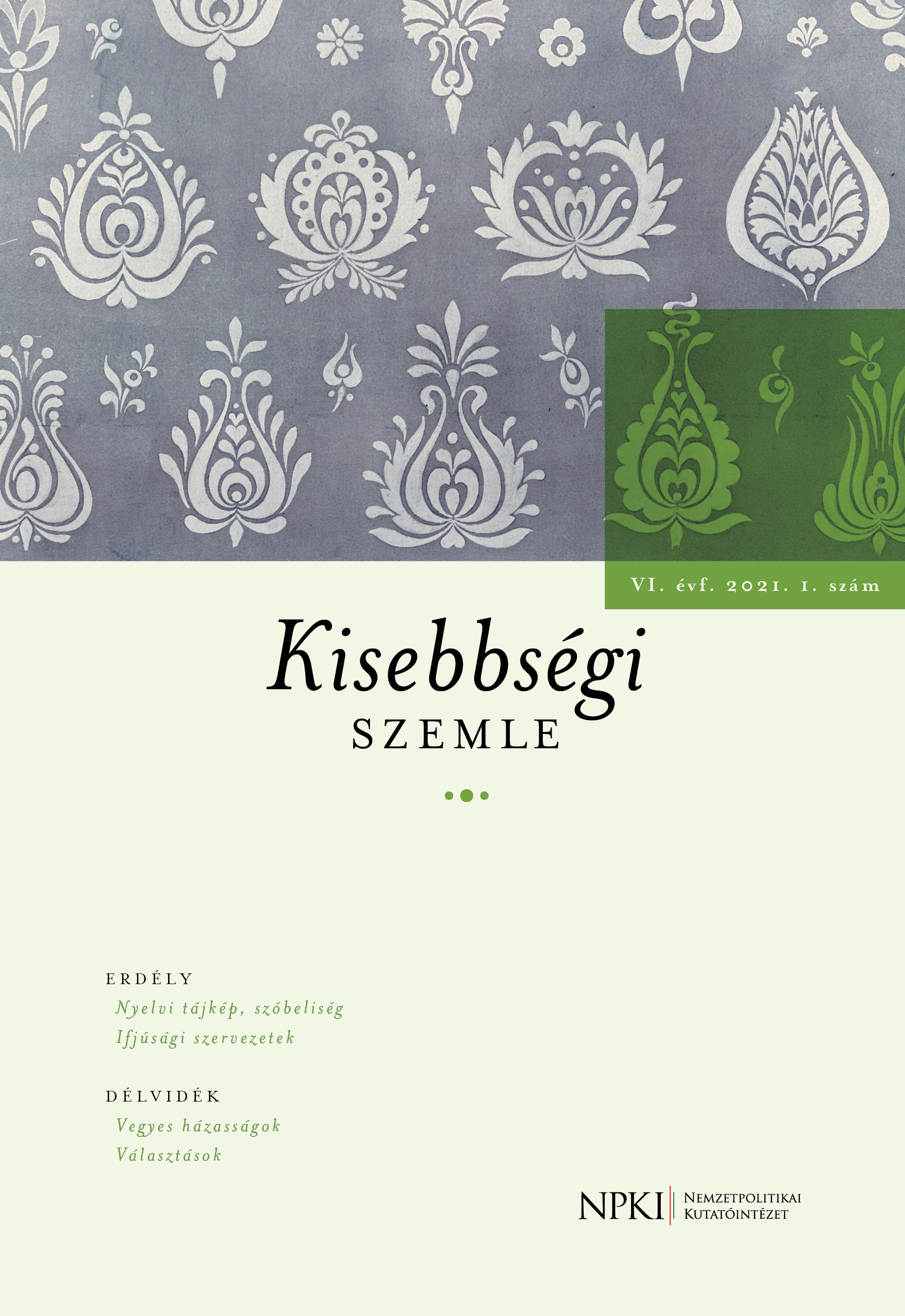A nemzeti identitás átörökítése a délvidéki magyar-szerb vegyes házasságokban
The transmission of national identity in Hungarian–Serbian intermarriages in Vojvodina
Author(s): Tibor LadancsikSubject(s): Ethnic Minorities Studies, Politics and Identity
Published by: Nemzetpolitikai Kutatóintézet
Keywords: national identity;intermarriages;Hungarian-Serbian;minority;
Summary/Abstract: The aim of this paper is to present the processes of the transition of national identity in Hungarian–Serbian intermarriages in Vojvodina. The Hungarians of Vojvodina constitute the largest national minority in Serbia, with a high proportion of heterogamous marriages with Serbs. Assimilation is a frequently observed phenomenon in heterogamous marriages, in which the minority relinquishes its own national identity, which is replaced by the identity of the majority nation. In many cases, the minority partner does not pass on their own identity to their descendants, and as a result, the minority group gradually withers away. In this study, I present the transmission strategies of the Hungarian identity. During my qualitative research, I conducted interviews with Hungarians who live in intermarriages. From the interviews, I concluded that basically three strategies can be observed in the transmission of identity. Assimilants do not at all inherit their own national identity. Those in the intermediate category pass on certain elements of their identity to their children, but usually Serbian identity dominates. Those with a dual identity try to inherit their entire identity so that their children are free to choose between the two identities or have both.
Journal: Kisebbségi Szemle
- Issue Year: 6/2021
- Issue No: 1
- Page Range: 52-71
- Page Count: 21
- Language: Hungarian

